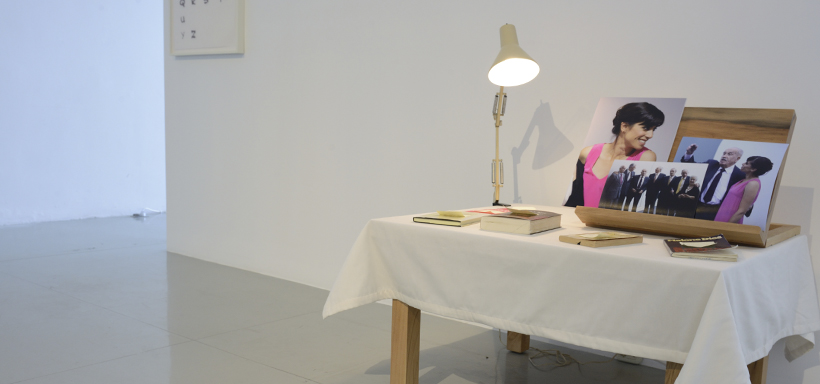Woman with Sombrero | Jill Magid
Del 21 de julio al 9 de noviembre de 2014
In Woman with Sombrero, the first part of a large multimedia project called The Barragán Archives, Jill Magid explores what it means for a corporation to own an artist’s legacy.
In The Barragán Archives project, Jill Magid bases her aesthetic investigation on the archives of the Mexican architect Luis Barragán (1902-1988). Like the vast majority of his built work, Barragán’s personal archives have been preserved under the authority of Mexican institutions. However, his professional archive was acquired along with the intellectual property and moral rights to his name and work in 1995 by the Swiss company Vitra to create the new Barragan Foundation. The director of the Foundation is Federica Zanco, wife of the owner of Vitra.
While the Fundación de Arquitectura Tapatia Luis Barragán, which holds the architect’s personal archives in Mexico, opened its doors to her, Jill Magid was refused access to the professional archives held by Vitra. As a result, the artist constructs a romantic narrative in this exhibition that presents Barragán and Federica Zanco as lovers in a love triangle with the artist is playing the role of the jealous third. Inspired by Barragán‘s correspondence with a number of women as well as the architect’s personal photographs consulted during her research at the Mexican foundation, Jill Magid explores the boundaries of copyright Law and public personhood, testing how intimate she can become with the elusive figure of Barragán.
Through an artistic practice that is at the same time visual, textual and performative, Jill Magid explores the emotional, philosophical and legal tensions present in the relationships between individuals and authorities. Her creations are marked by a form of paradoxical dynamism in which the artist enters into a flirtation with the institutional structures involved in her research. Recontextualizing authentic documents into new narratives, Jill Magid evokes the absurdity of our relationship with institutions and power. So taking the law as a raw material of the work, Magid frames books as readymades, avoiding copy infringement. Ideas of obsession and ownership, versus authorship and preserving legacy, collide in her investigation.



































